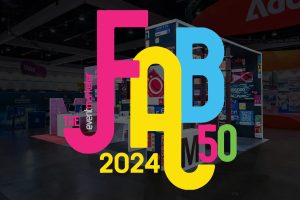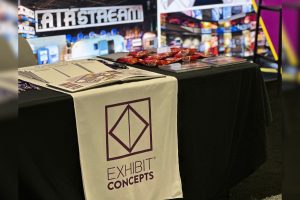Things are not good. In fact, they haven’t been that way for a while. The magic is gone, the passion is gone, and you’re left feeling frustrated. Does this sound familiar? If so, it might be time for an exhibit house breakup.
The decision to switch exhibit houses is not an easy one. The process has a reputation for being difficult and even expensive. Severing a long-standing relationship isn’t pleasant for anyone involved, but sometimes the pain and expense of staying is worse than the alternative. This is a big decision and one that shouldn’t be taken lightly.
HOW DO YOU KNOW WHEN IT’S TIME?
There are several reasons why marketers change exhibit houses including company mergers, procurement-driven supplier rationalization, and leadership changes. But those are all examples of decisions out of the marketer’s control. There are typically four reasons why you might proactively consider switching to a new exhibit partner:
- Execution: Projects arrive late, estimates are inaccurate, quality is lacking, and budgets are rarely met.
- Complacency: Your current partner is not bringing new ideas to the table and focused on the wrong areas or does not have expertise in the areas where you need help most.
- Responsiveness: Your current partner is neither proactive nor organized. Working with them is challenging and you aren’t completely confident they are on top of projects.
- Invoicing: When the final bill arrives, it’s full of surprises and is inconsistent. There is an overall lack of transparency.
Regardless of the reason, once the decision to move is made, it should happen swiftly and with purpose and intention. And, with the right partner, the transition can be smooth and without a lot of drama or headache.
Bringing a client onboard is a significant event. It’s important to completely understand expectations, explain how business is conducted, and share all customer facing documents to ensure a successful relationship. This includes review of the typical project process, discovery, the design process, quotes, changes orders, timelines and how each should be utilized to minimize surprises and keep projects on track.
More so, making a move can be a stressful experience. Putting a standardized process in place eliminates that feeling, and makes it easier for all involved. Guidance and support is crucial, as a client works to arrange pickup and inventory of property for future events.
THE ONBOARDING PROCESS
We employ a cohesive Onboarding Process for welcoming our clients that ensures a smooth transition, establishes transparency of our operations, and sets the stage for superior service levels. The cornerstone of the Onboarding Process is the property transition plan to move property to an Exhibit Concepts facility at the optimal time, minimizing cost and resource impact for all parties. At Exhibit Concepts, we pick up and move your property to our facility at no cost to you. Once in our possession, we also handle initial inventory document for free.
HOW DOES IT WORK?
In recent years, Exhibit Concepts has onboarded a number of new clients. Sarnova, which provides lifesaving products to the emergency medical services (EMS) and acute care markets, transitioned to Exhibit Concepts and went through our thorough process to ensure a successful migration of their exhibit property.
First, we moved Sarnova’s property to our Ohio facility, inspecting each item and noting any missing items or property that needed repair. Each item was then logged into a robust, easy to use eManagement tracking application allowing Sarnova employees 24/7 access to their inventory and the ability to order items for upcoming trade shows.
Since that initial onboarding, Exhibit Concepts has also worked with Sarnova to make recommendations on various upgrades to their trade show program. From new carpet to A/V equipment, Exhibit Concepts has helped modernize Sarnova’s trade show presence.
For Sarnova, onboarding wasn’t painful or difficult: in fact, transitioning to Exhibit Concepts made their lives easier.











